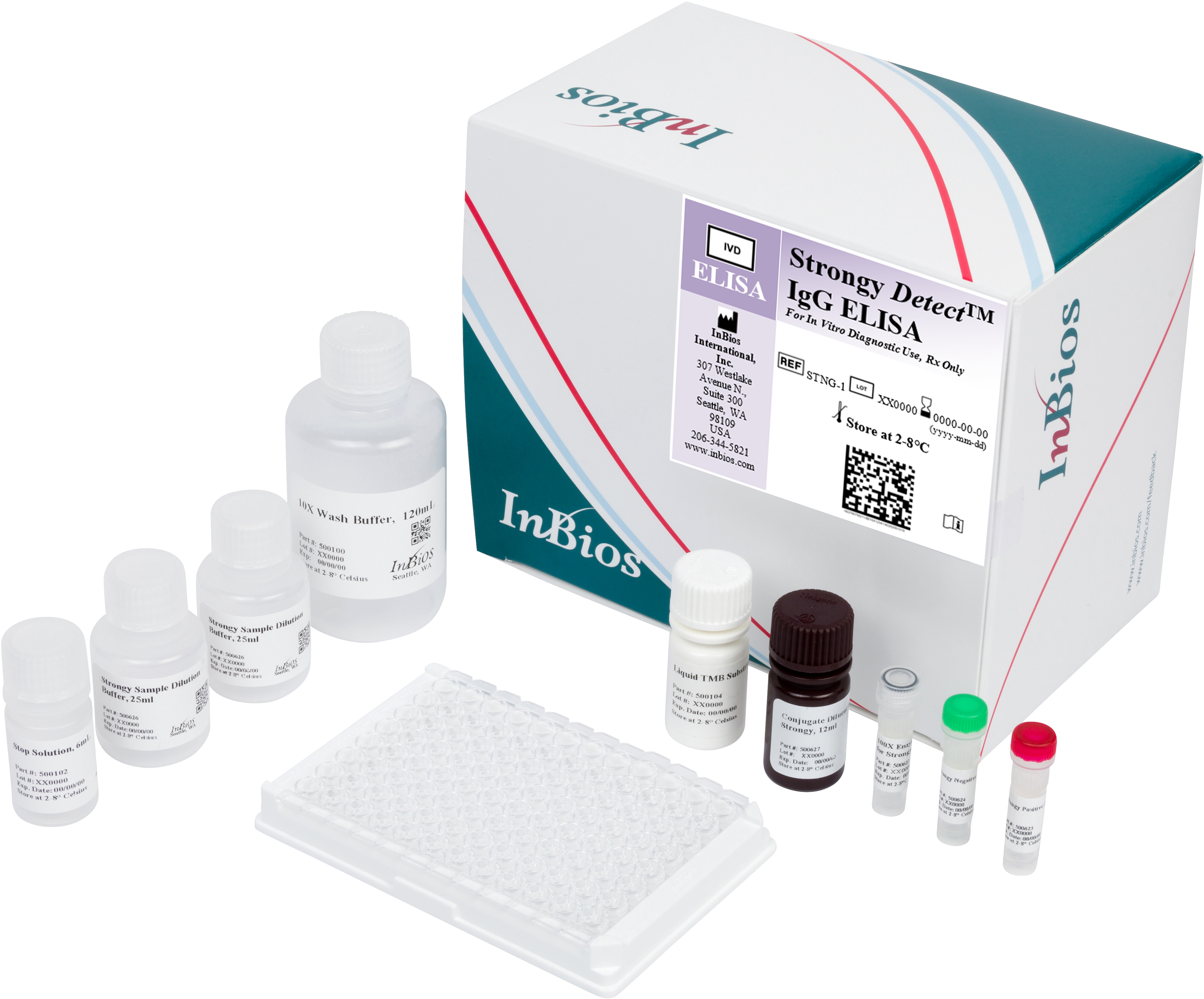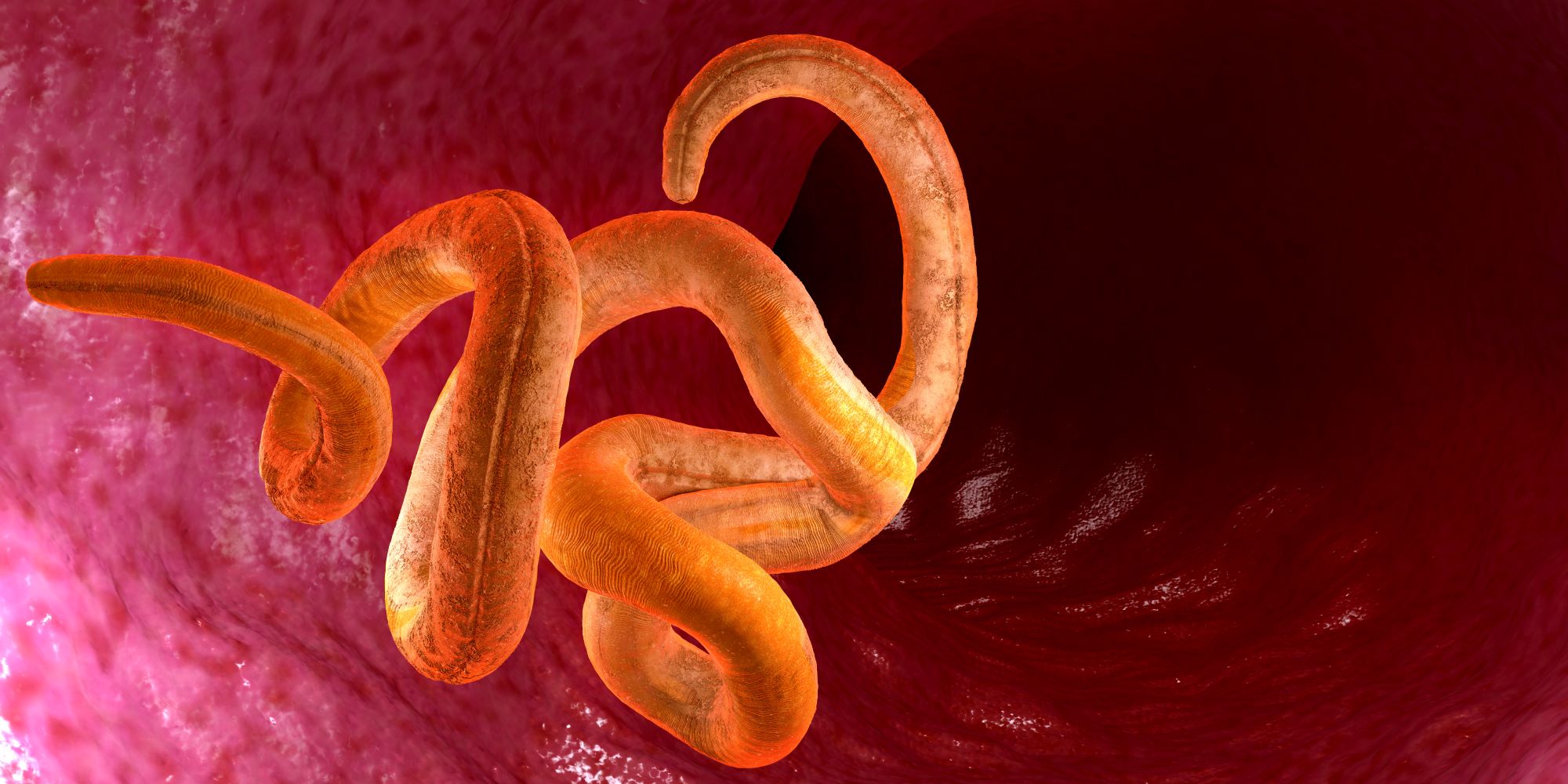
What Is Strongyloidiasis?
Strongyloidiasis, sometimes referred to as the “most neglected parasitic disease,” is a soil-transmitted infection primarily caused by the roundworm Strongyloides stercoralis. The disease currently infects up to 100 million people worldwide, according to the World Health Organization, with infection ranging from subclinical to fatal. Although many infected individuals are asymptomatic, some report various gastrointestinal, respiratory or skin symptoms. People with weakened immune systems can become severely ill or die if not treated. Additionally, strongyloidiasis is a concerning problem in organ transplant recipients because the immunosuppression required for transplant can allow a latent infection to become severe or fatal hyperinfection syndrome. The Ad Hoc Disease Transmission Advisory Committee (DTAC) is proposing now to require antibody screening for strongyloides for all deceased donors.
Epidemiology
While strongyloidiasis is endemic to most of the world, the disease is now found in the United States with a prevalence in some U.S. communities ranging from 2-7 percent (and higher in immigrant and refugee populations). Autochthonous transmission of strongyloidiasis has been documented in the United States, with areas of endemicity in the southeastern United States and Appalachia. Outside of endemic areas, immigrants, travelers, and military personnel are at risk of strongyloidiasis if their countries of origin, travel, or deployment included areas where Strongyloides is prevalent. Outbreaks have also occurred in institutional settings such as nursing facilities.
Global Distribution of Strongyloides, 2022
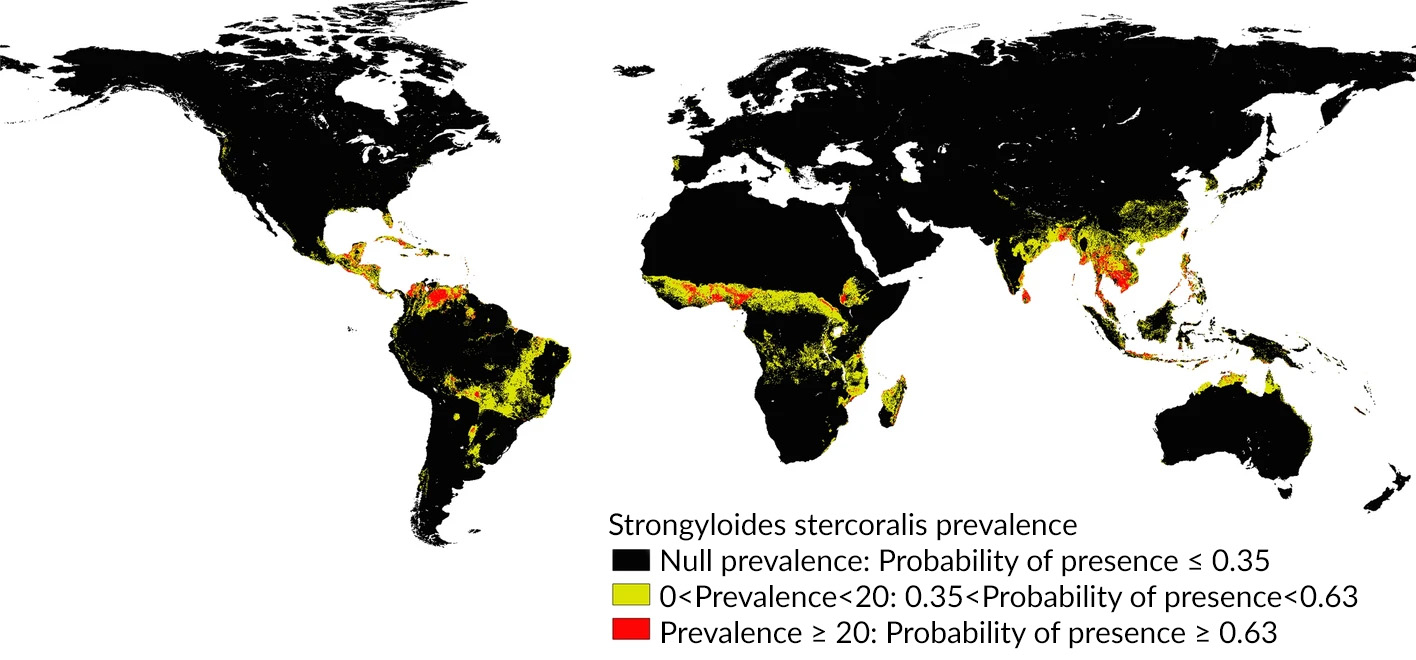
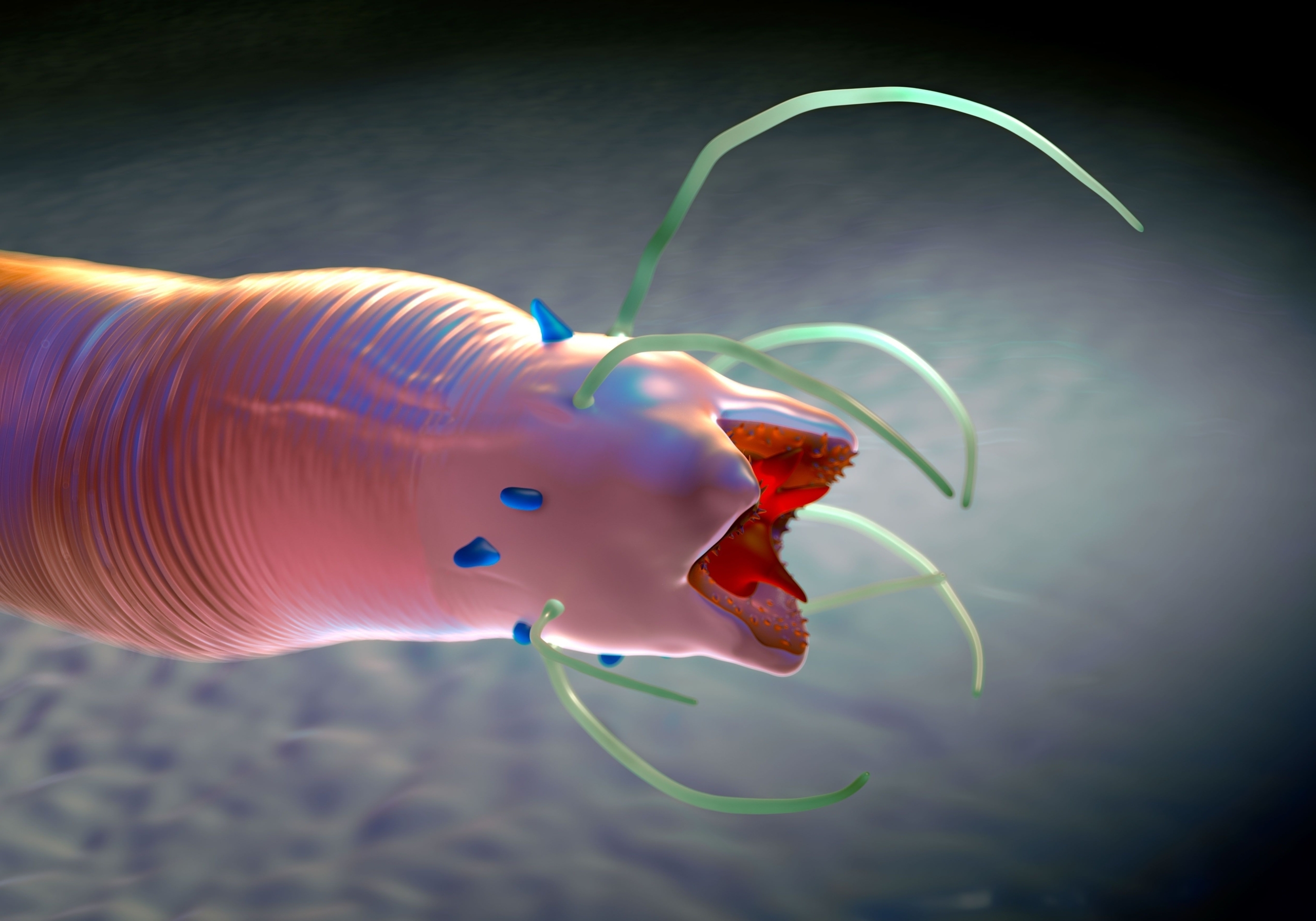
Diagnosing Strongyloidiasis
The gold standard for the diagnosis of Strongyloides infection is serial stool examination. However, traditional stool examinations are insensitive and can require up to seven exams to reach a sensitivity of 100%. Improved diagnostics, particularly using serological approaches, are key aids to detection of strongyloidiasis.
Products
InBios is responding to the need for improved diagnostic testing for strongyloidiasis. Our Strongy Detect™ IgG ELISA offers an easy-to-follow procedure with results in under 75 minutes. This kit is automation-friendly with proper validation. Contact our sales team for more information.
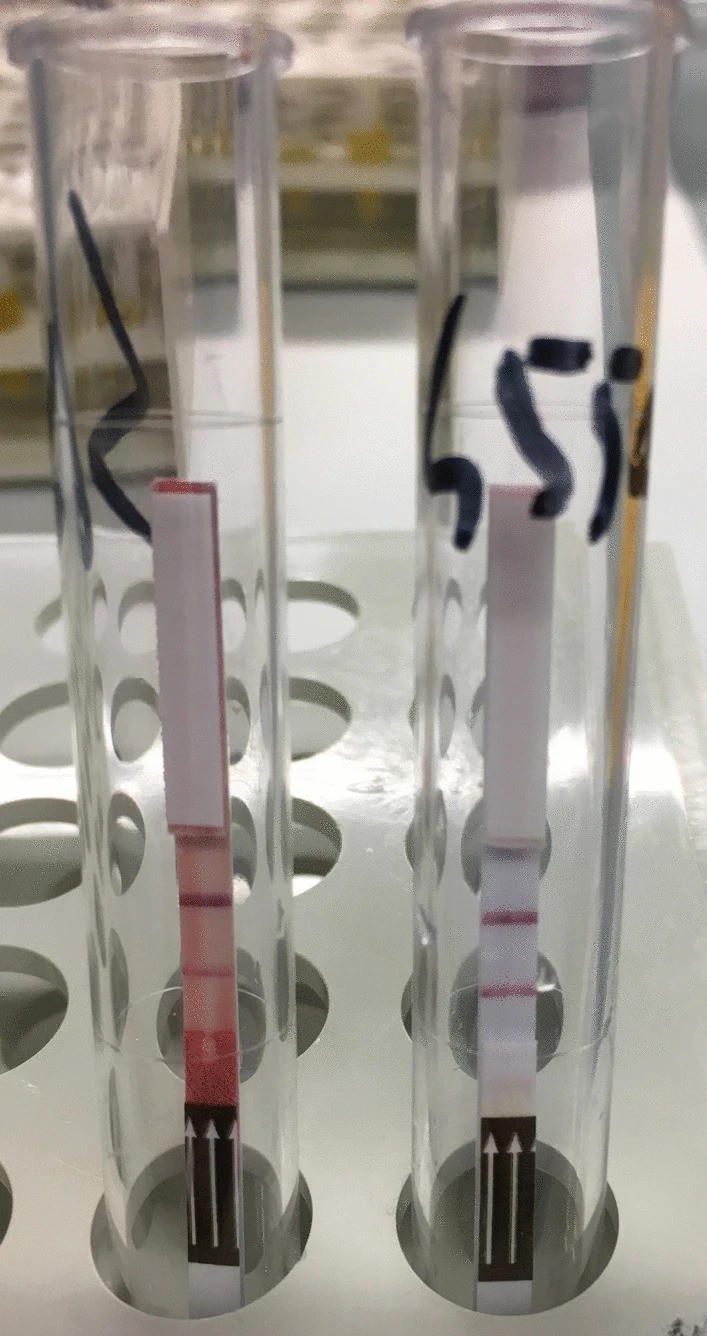
In the Pipeline
InBios is developing rapid tests for strongyloidiasis that could be convenient for resource-poor settings and would require no specialized equipment. A recent study evaluating two new InBios rapid tests showed “promising results,” stating that both tests were easy to use and the results were easy to interpret.
Strongyloidiasis News Alerts
- Integrating Strongyloides Diagnostics into Rwanda’s Helminth Control – Sept 30, 2025
- Researchers are inching closer to stopping parasitic worms from getting under your skin – August 13, 2025
- Concurrent strongyloidiasis and allergic bronchopulmonary aspergillosis complicating diagnosis: case report – July 23, 2025


